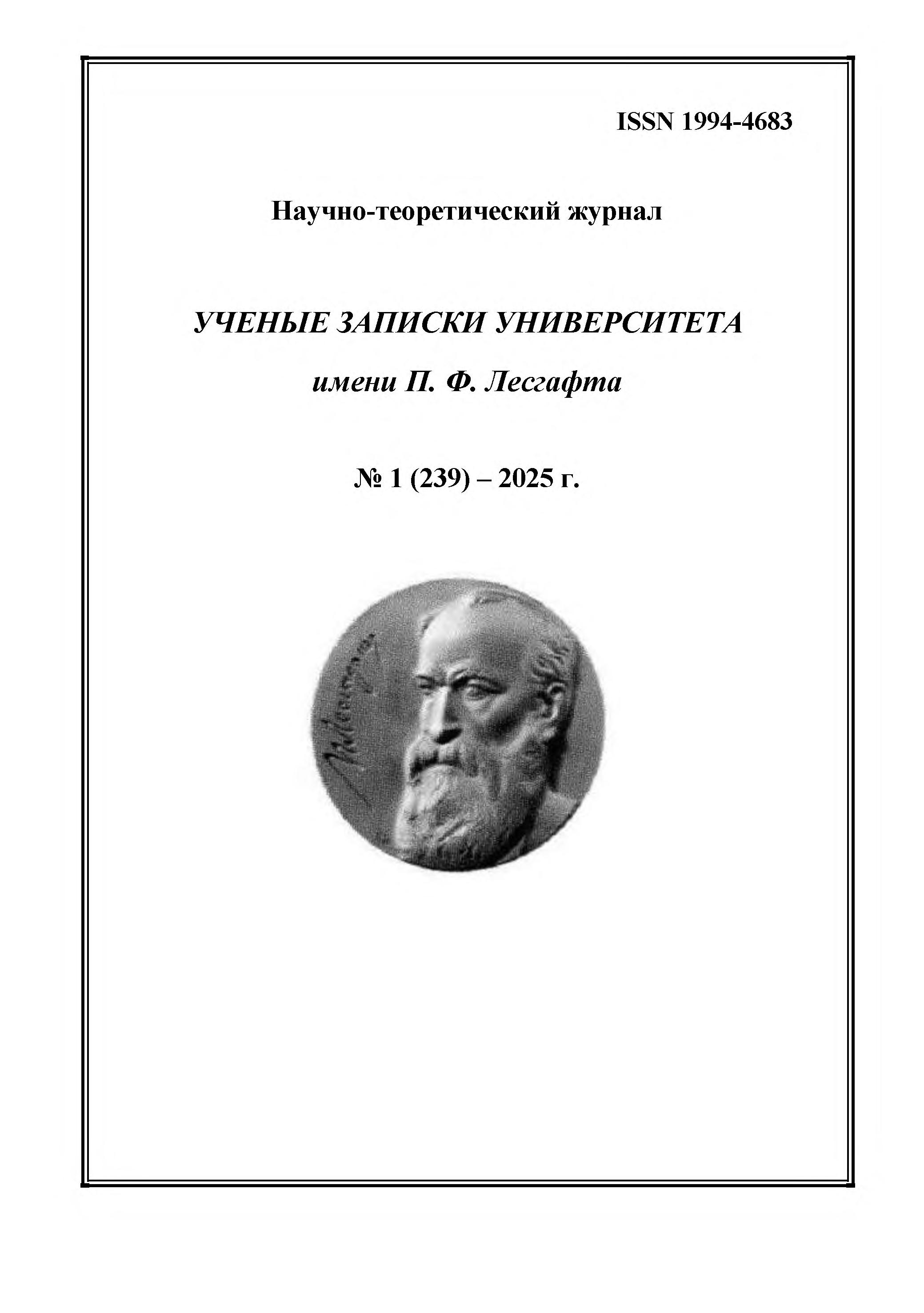employee
Moskwa, Moscow, Russian Federation
CSCSTI 77.29
The purpose of the study was to determine the linearity and robustness of contemporary judging systems in dance sport. Research methods and organization. Methods of analysis and generalization of scientific and methodological literature were employed, along with pedagogical observation and methods of mathematical statistics. For the analysis, the results of competitions in the discipline of '10 dances' were used, as competitions in this discipline provide the most detailed statistics. Research results and conclusions. The results showed that the 'Absolute Judging System' fully meets the requirements of linearity and robustness, which is confirmed by the high value of the approximation reliability coefficient R2 for the intermediate rounds both with final results and between the rounds themselves. The use of the 'for' and 'against' principle does not constitute a complete judging system, as it does not align with the principles of linearity and robustness, which renders it incapable of accurately ranking athletes in the intermediate rounds, as judges focus on pairs that they believe should advance further.
dance sport, judging, analysis of objectivity, statistical methods, linearity, robustness, judging systems
1. Gospodarik E. G., Kovalev M. M. (2023), “Mathematical models of rating analysis”, Journal of the Belarusian State University. Economics, 2, 4–19.
2. Ponomarev M. V. “The point-rating system is the main tool for implementing the competency-based learning model”, URL: http://mpgu.su/obrazovanie/ballno-reytingovaya-sistema/intervyu-brs/reytingovaya-vnedreniya-kompetentnostnoy.
3. Kuzmina L. V. (2022), “Construction of linear rating systems based on the use of matrix transformations”, Bulletin of Science and Education, 6-1 (126), 9–13.
4. Trifonova N. N., Erkomaishvili I. V. (2016), “Sports metrology”, Ural. Federal Univ., Ekaterinburg, 112 p.
5. Singina N. (2022), “National preferences of judges in the first rounds of the WDSF World Championship 10 dances discipline”, Polish Journal of Science, 48, 35–41.
6. “WDSF Event and DanceSport competition calendar”, URL: https://www.worlddancesport.org/Calendar/Competition/Any.
7. Kasyanenko T. G., Polosko A. S. (2015), “Application of correlation-regression analysis in business valuation by a comparative approach”, Russian Entrepreneurship, 16 (20), 3611–3622.







